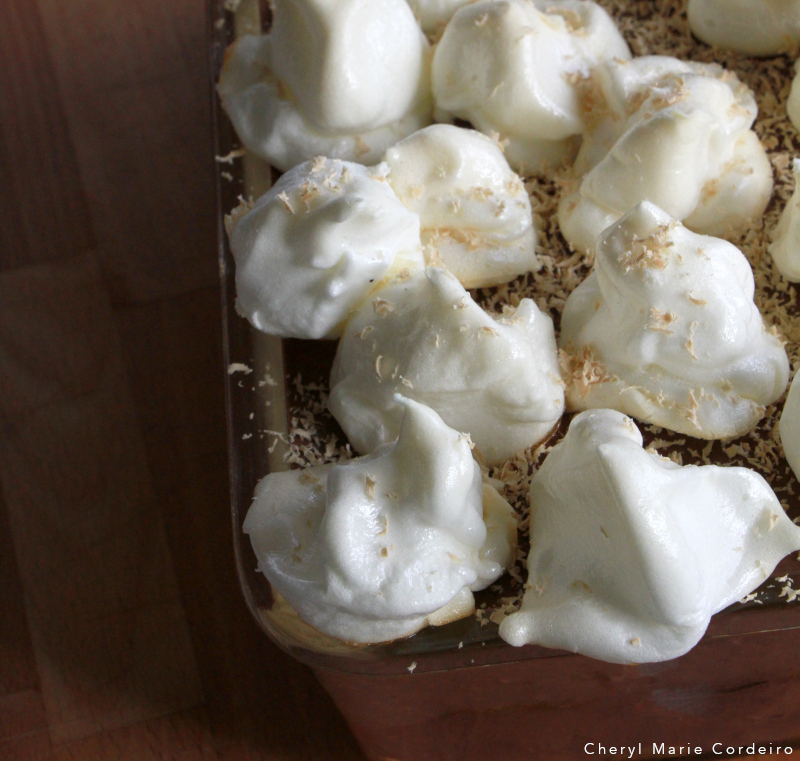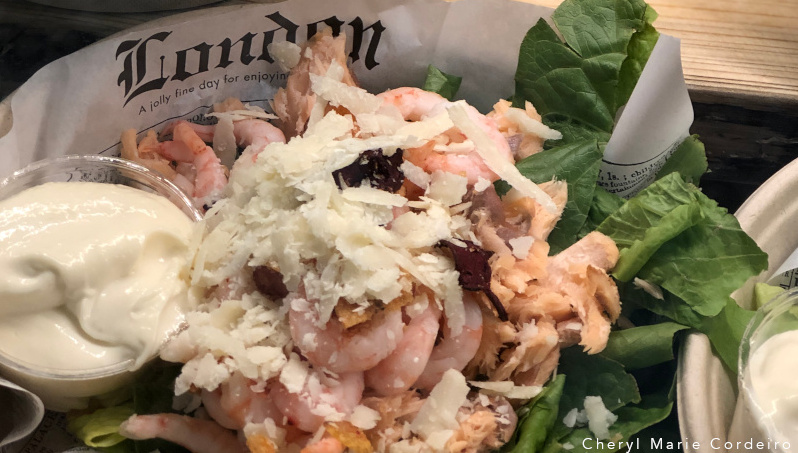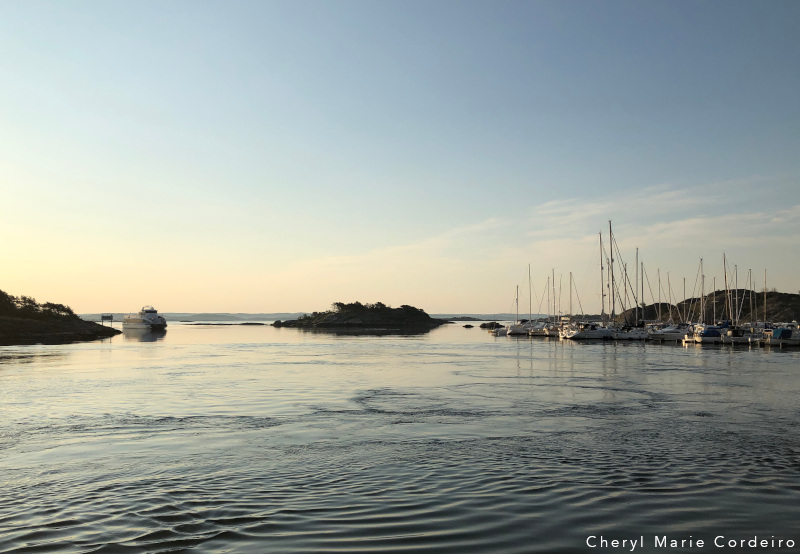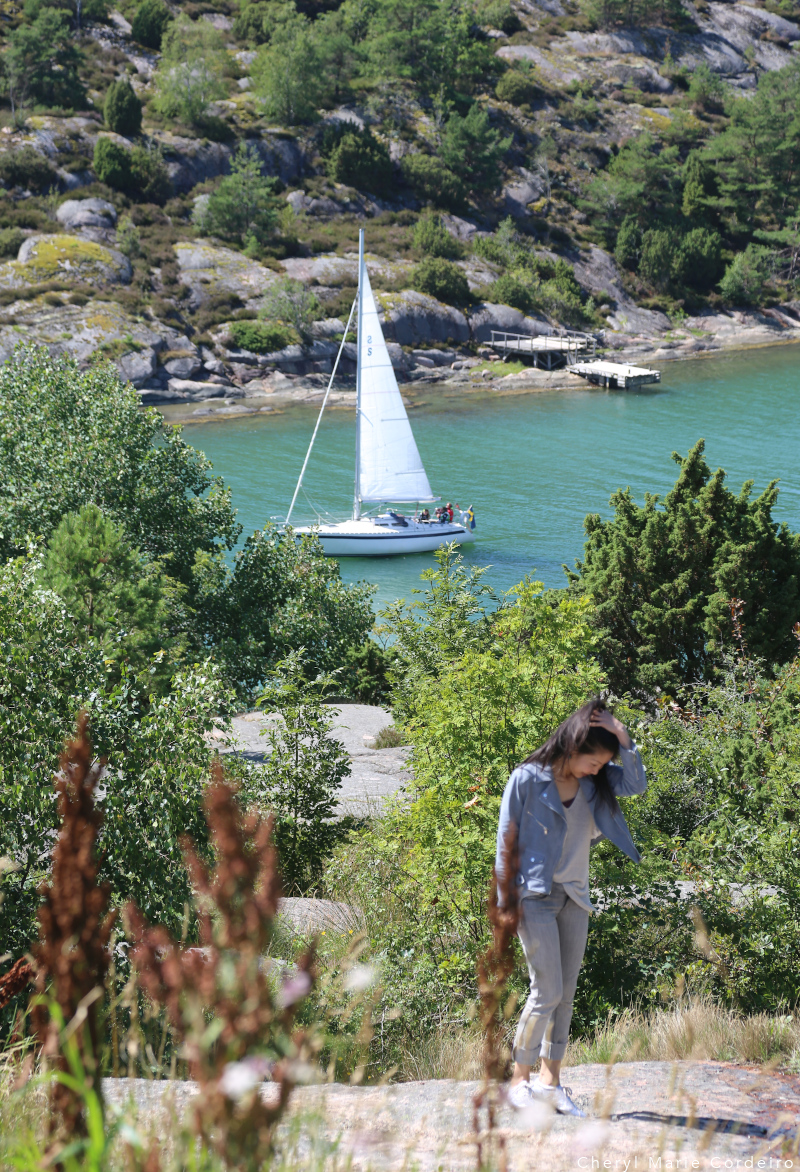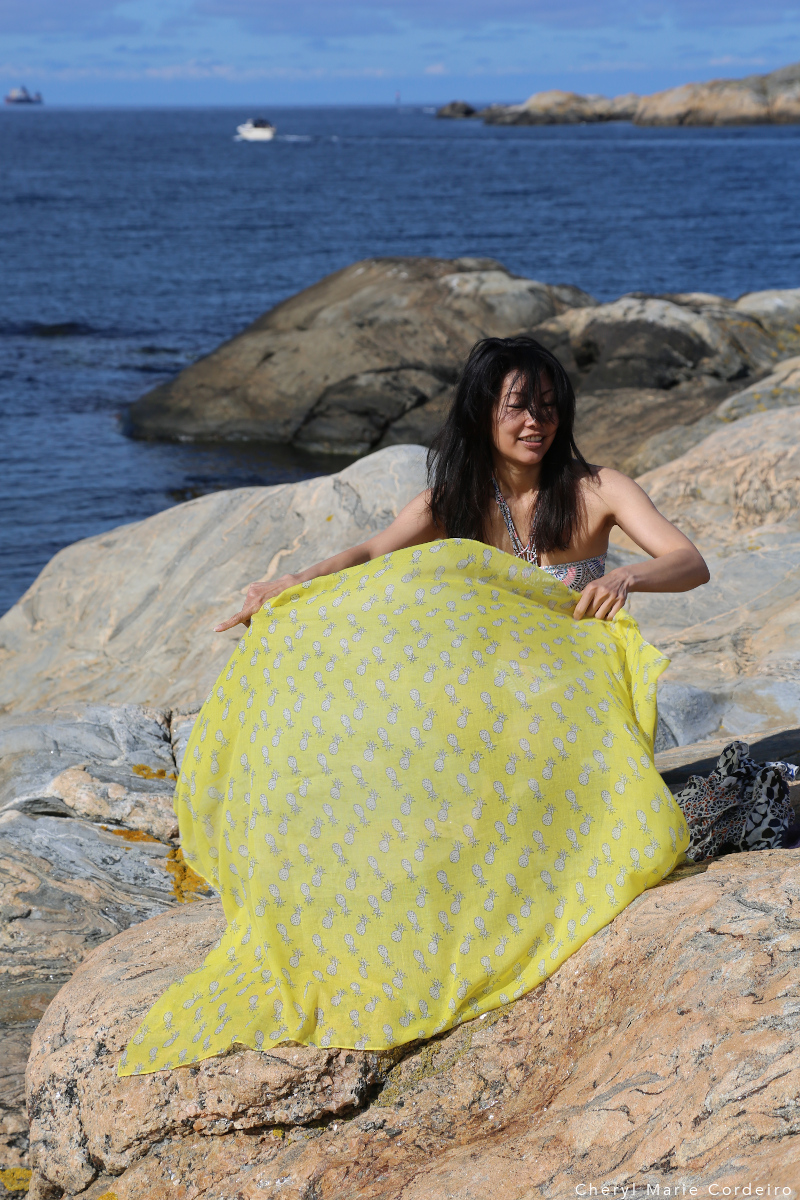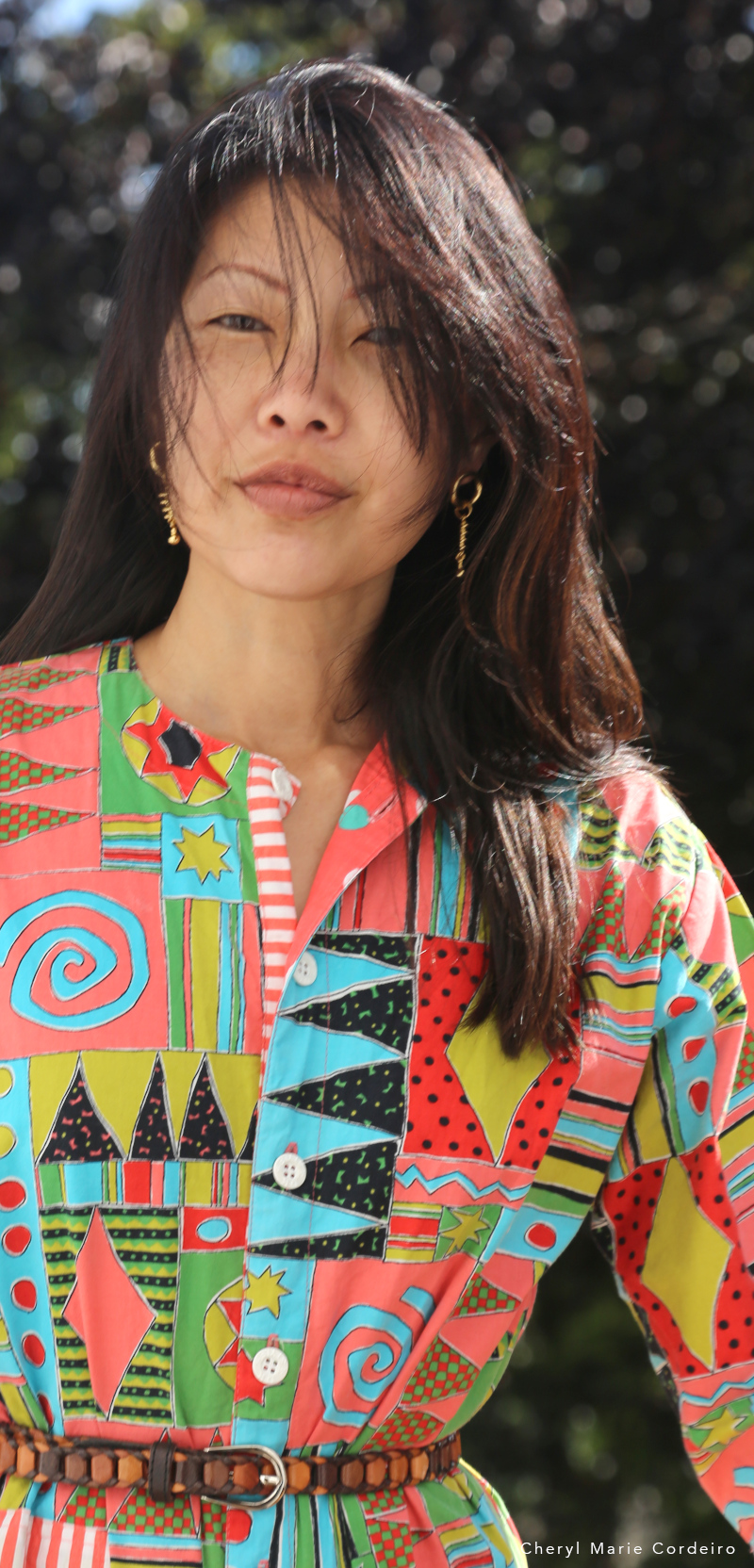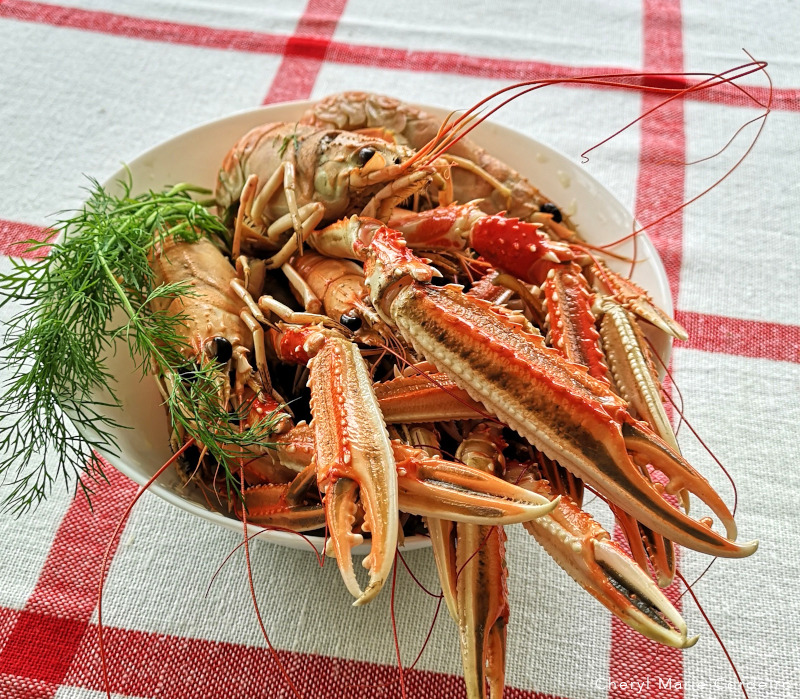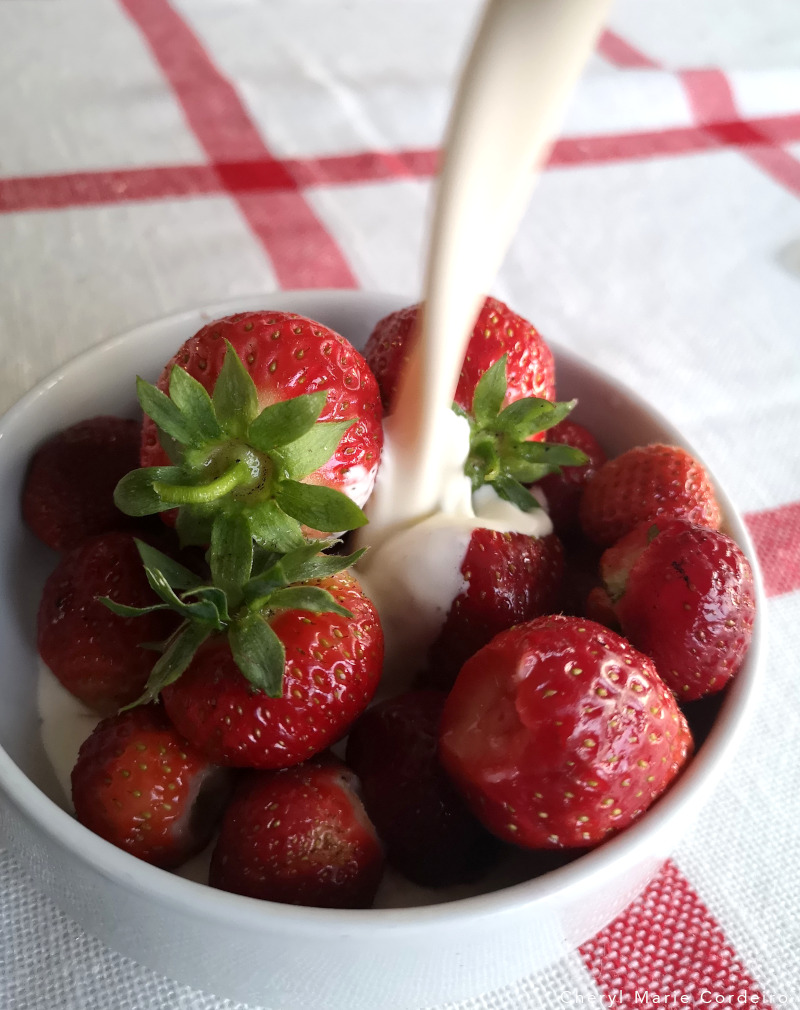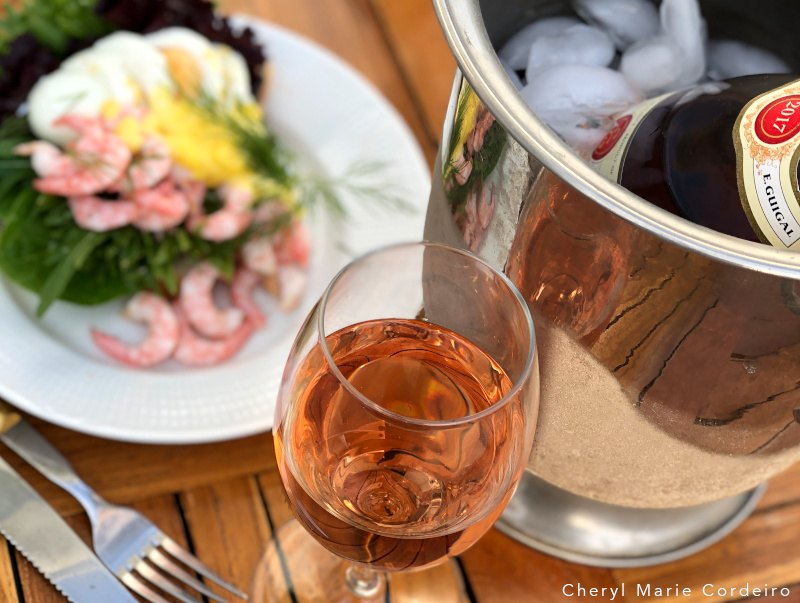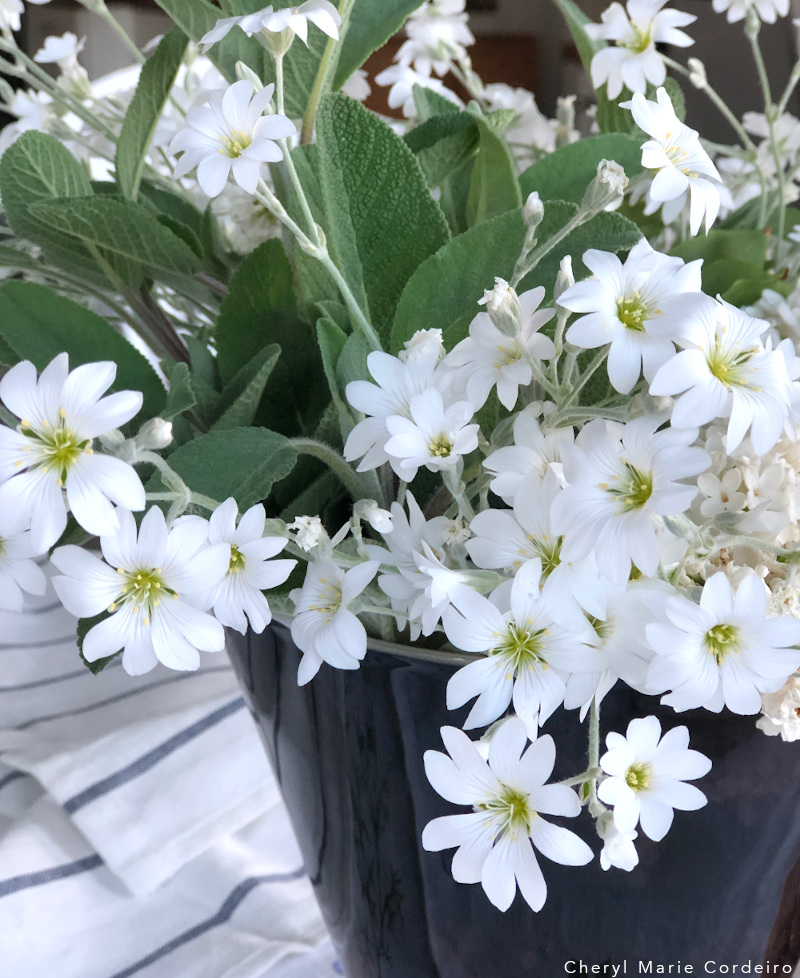Chocolate tiramisù topped with soft baked / chewy meringue (higher heat, less time in the oven).
Text Photo & Video © JE Nilsson & CM Cordeiro 2020
In Sweden, small meringue / maränger kisses can be found in the stores, located usually close to where the ice-cream is sold, the suggestion being that meringue kisses are complementary toppings to ice-cream. Popular in the summer, larger disc shaped meringue can be store bought too, for the purposes of using to build a marängtårta or variations of pavlova. Depending on purpose of maräng use, here’s the Swedish basic recipe for a crisp maräng:
